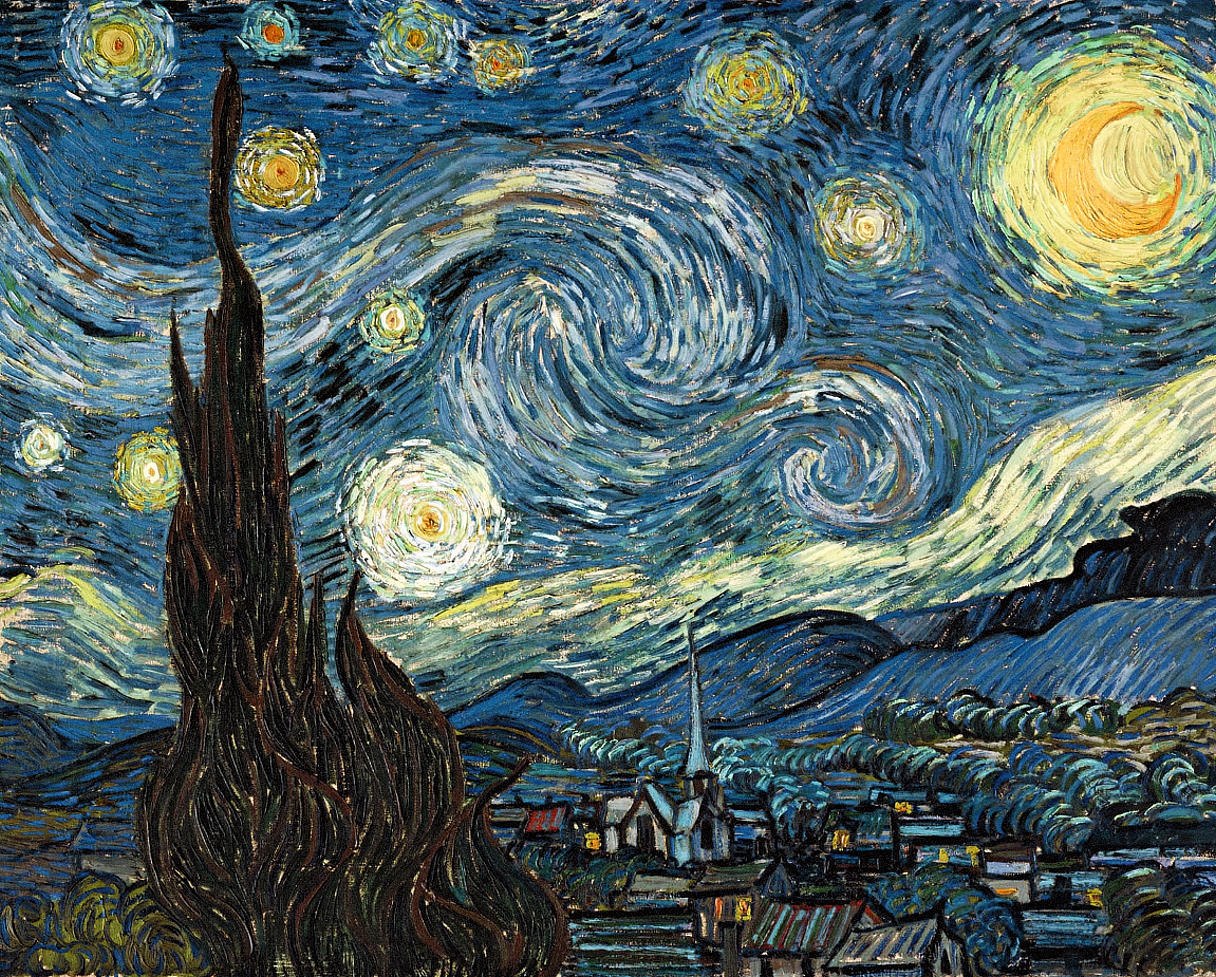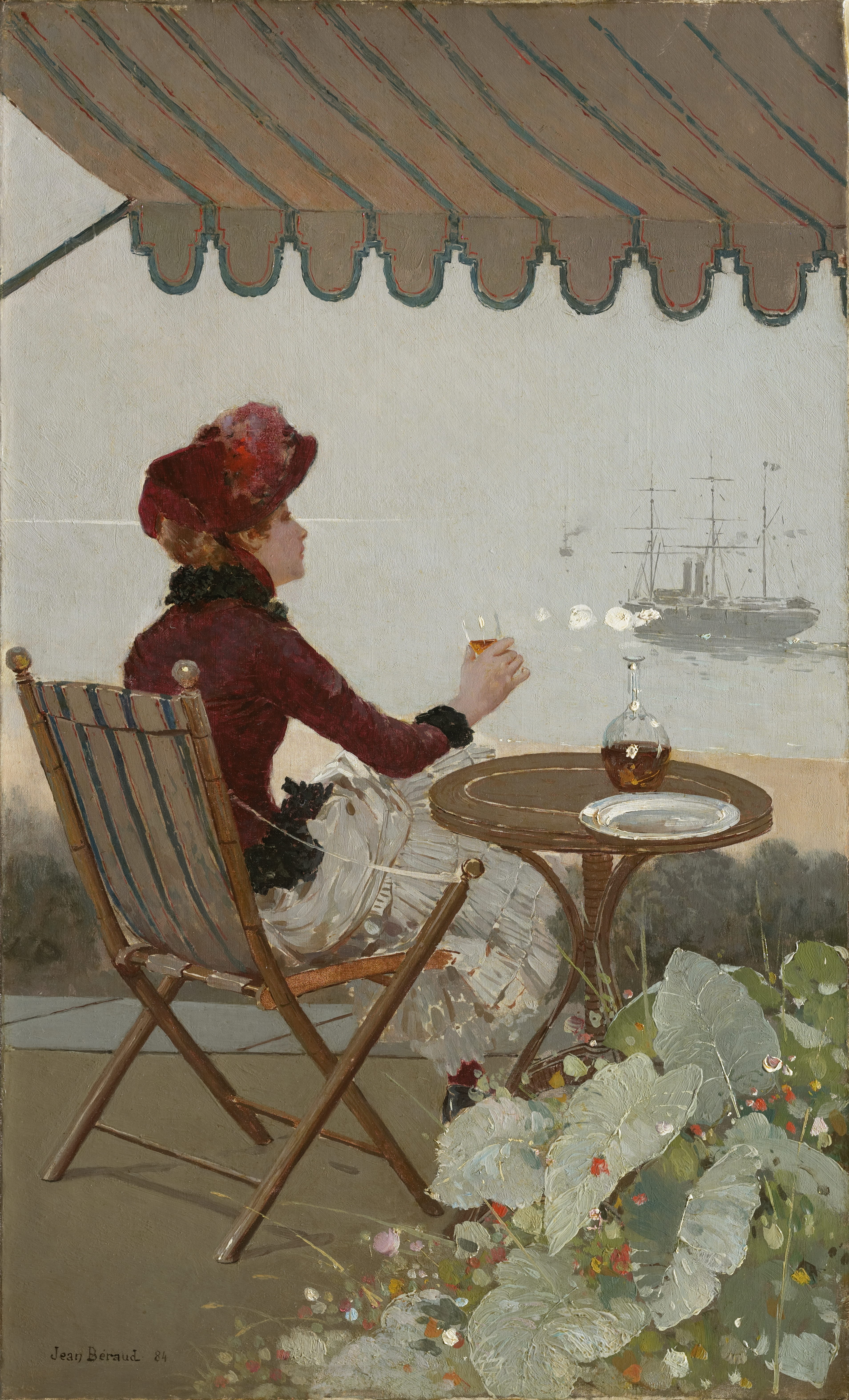The Skagen Painters (Danish: Skagensmalerne) were a group of Scandinavian artists who gathered in the village of Skagen, the northernmost part of Denmark, from the late 1870s until the turn of the century.
Skagen was a summer destination whose scenic nature, local milieu and social community attracted northern artists to paint en plein air, emulating the French Impressionists - though members of the Skagen colony were also influenced by Realist movements such as the Barbizon school.
They broke away from the rather rigid traditions of the Royal Danish Academy of Fine Arts and the Royal Swedish Academy of Arts, espousing the latest trends that they had learned in Paris.
Peder Severin Krøyer | Summer Evening at Skagen Beach - The Artist and his Wife, 1899 | Hirschsprung Collection













.jpg)

.jpg)

.jpg)


.jpg)